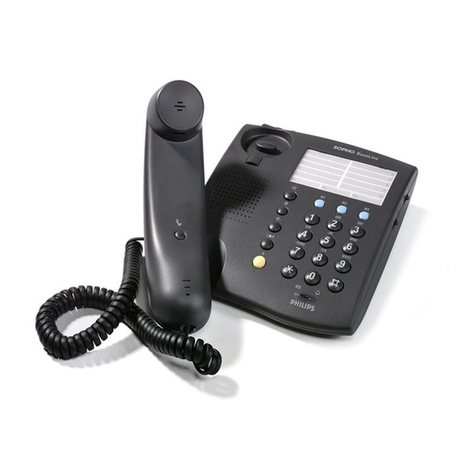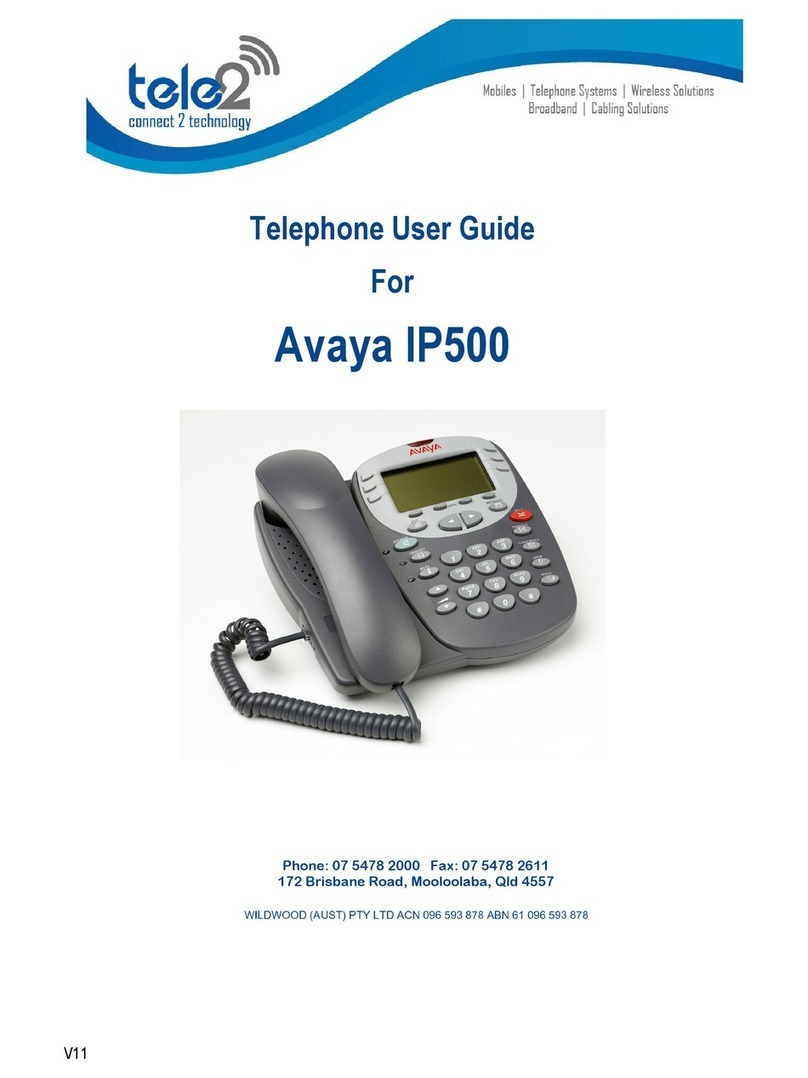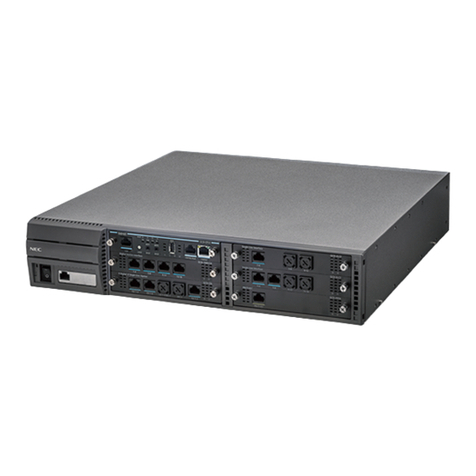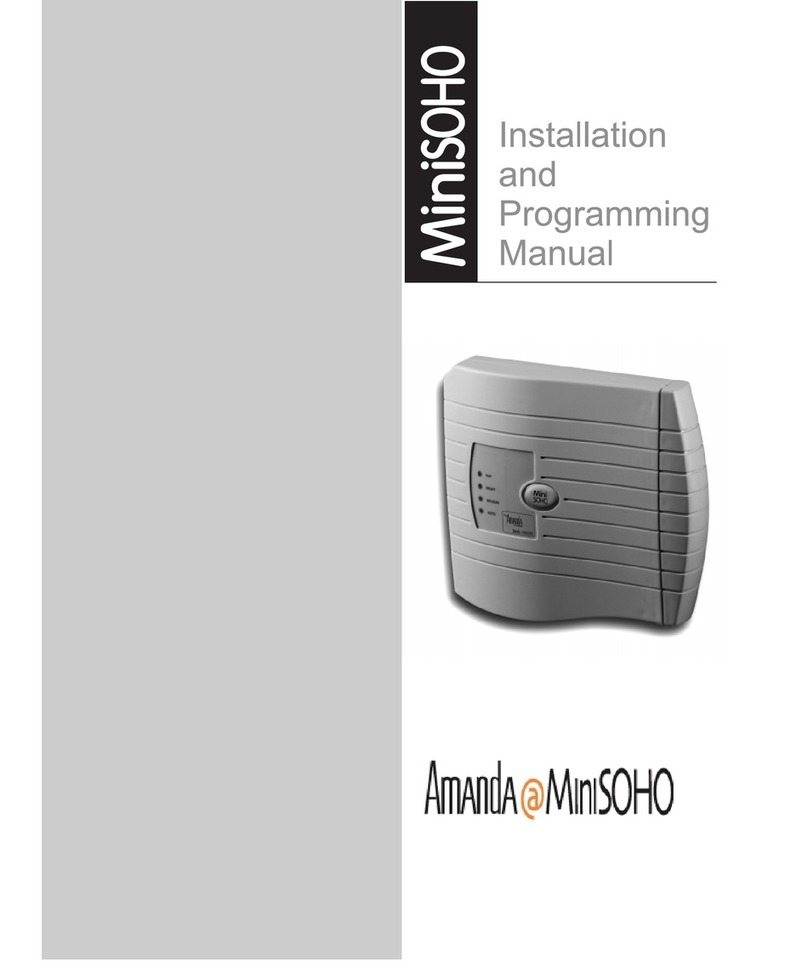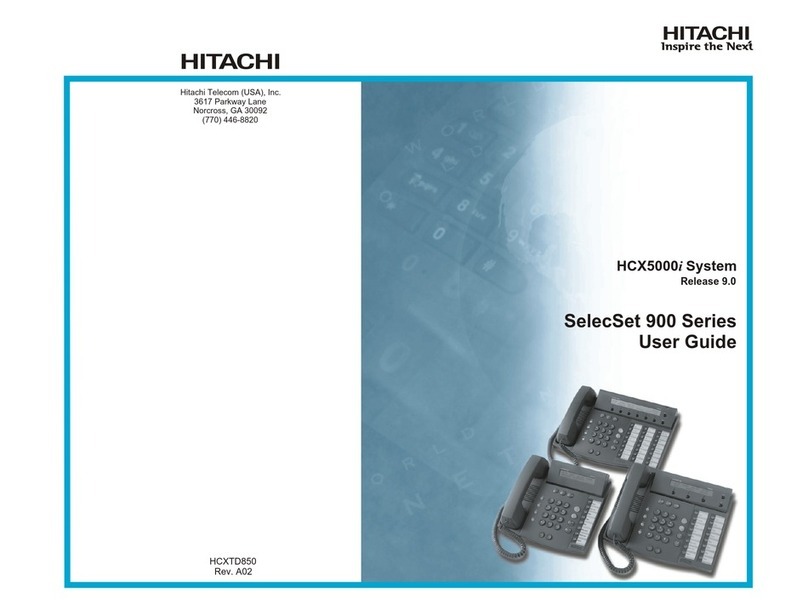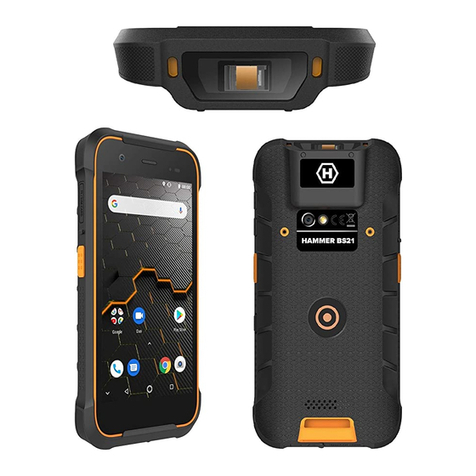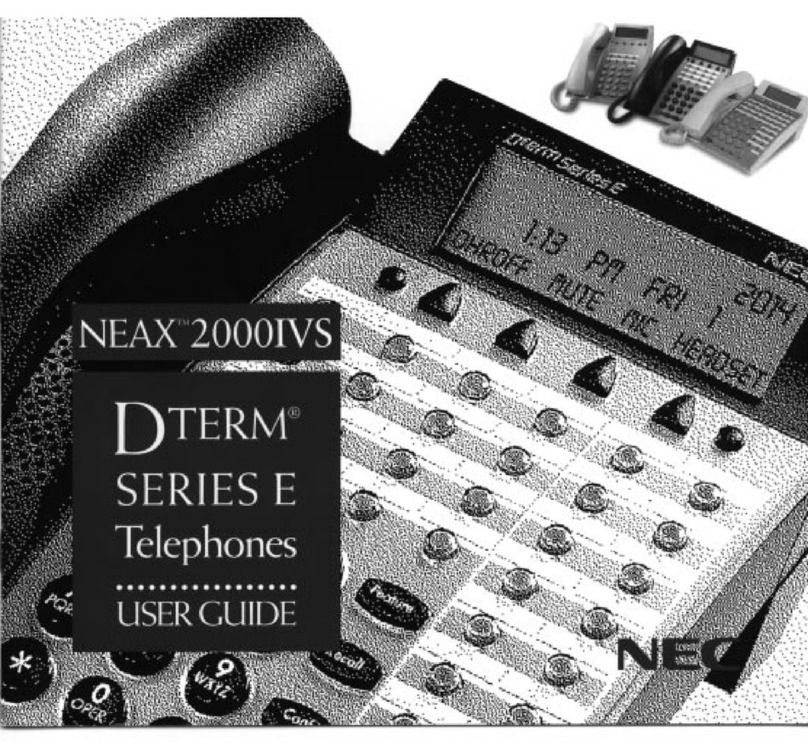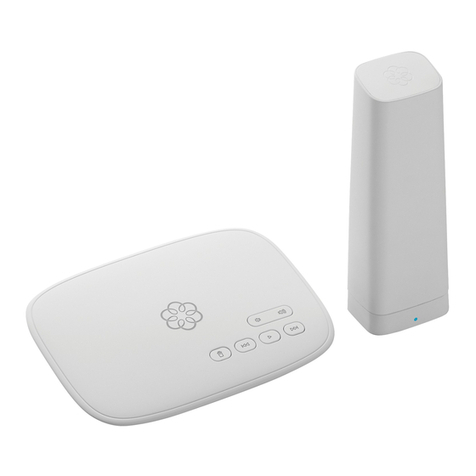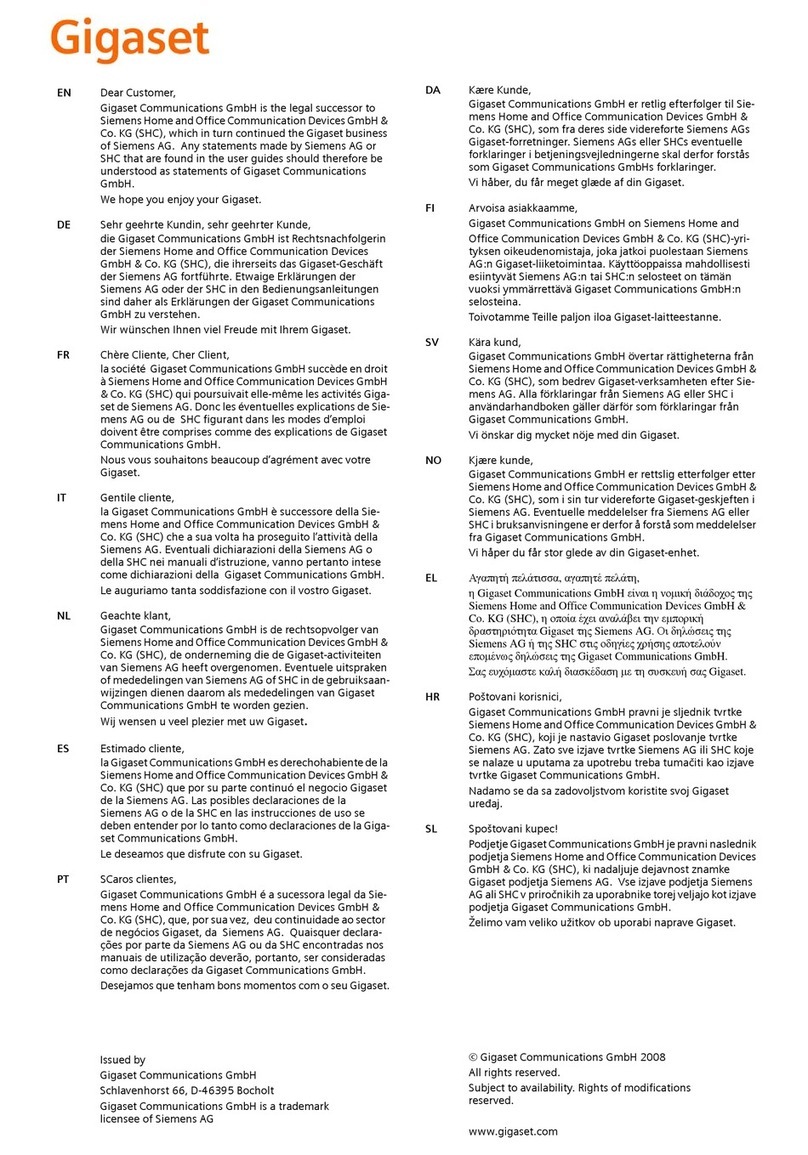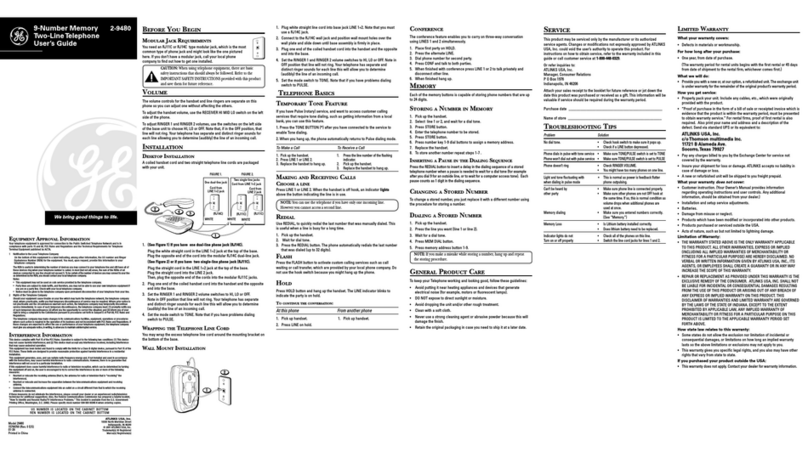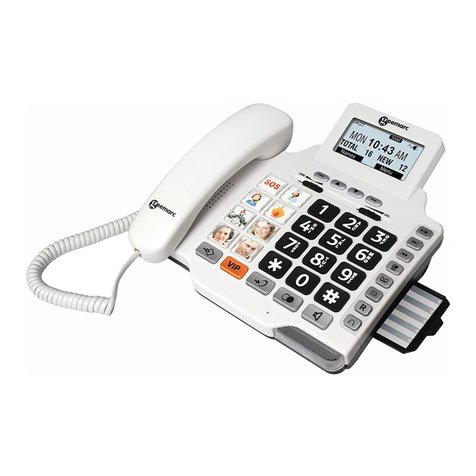NEW SUNRISE NTW-1000 User manual

NTW-1000 OM.E 20131018-01
NTW-1000
TWO-WAY VHF RADIOTELEPHONE
USER’S MANUAL
NEW SUNRISE

NTW-1000 OM.E 20131018-01
NOTICE TO USERS
-Thanks for your purchasing this product NTW-1000 TWO-WAY VHF
RADIOTELEPHONE.
-Please read this manual carefully to ensure proper use before installation and use of the
NTW-1000.
-NSR will assume no responsibility for the damage caused by improper use or modification
of the product or claims of loss of profit by a third party.
-Software version in your product may be some different from that described as in this
manual. Such difference will not affect the performance of the product. NSR reserves the
right of continuous improvement on products both in software and in hardware without
any prior notice.
-The copyright of this manual is owned by the manufacturer, NEW SUNRISE CO., LTD
(NSR). Prior written permission is required for copying or reproducing the manual or part
of the manual.
-Please keep the manual for your future reference.
WARNING
The emergency lithium battery supplied with NTW-1000 is only for use in emergency
situation. As one-time battery, the emergency battery should be replaced by new
one, if it has been used no matter how long.
If the protection label on the battery is taken off, the battery is regarded as being
used.
The battery should be replaced when the marked expiry date is reached, even it has
never been used.
Dispose the lithium batteries carefully. Lithium batteries should have two poles
insulated prior to disposal because the remaining power could cause severe harm to
human beings. Local regulations should be followed when batteries are disposed in
order to protect your environments.

NTW-1000 OM.E 20131018-01
TABLE OF CONTENTS
1. OVERVIEW ............................................................................................................................ 1
2. PRODUCT DESCRIPTION.................................................................................................... 1
2.1 PRODUCT COMPOSITION................................................. 1
2.2 Description of Components ................................................. 2
2.3 Display on LCD Panel...................................................... 3
3. Specifications....................................................................................................................... 4
4. GENERAL OPERATION........................................................................................................ 5
4.1 Power ON/OFF............................................................ 5
4.2 Channel Selection......................................................... 5
4.3 Squelch Level Adjustment.................................................. 5
4.4 Transmitting.............................................................. 6
4.5 Receiving ................................................................ 6
4.6 Receiving Function Check.................................................. 6
4.7 Volume Level Adjustment .................................................. 6
5. SETUP FOR OPTIONAL FUNCTIONS................................................................................. 7
5.1TX Power Level........................................................... 7
5.2KEY Locking ............................................................. 8
5.3 Battery Save Mode ........................................................ 9
5.4 Dual Watch .............................................................. 10
5.5Beep Establishment ...................................................... 11
5.6 Squelch Level............................................................ 12
5.7 Location Indication........................................................ 13
6. BATTERY & CHARGER...................................................................................................... 14
6.1 Install the battery ......................................................... 14
6.2 Remove the battery....................................................... 15
6.3 Emergency Battery....................................................... 15
6.4 Chargeable Battery....................................................... 16
6.5 Charger ................................................................. 16
7. MAINTENANCE................................................................................................................... 17

NTW-1000 USER’S MANUAL
- 1 - NTW-1000 OM.E 20131018-02
1. OVERVIEW
NTW-1000 is a two-way VHF radiotelephone for use on-board and on-scene communication, as part of
GMDSS.
NTW-1000 includes 19 VHF simplex channels assigned to marine use by ITU. Frequency range of
those channels is 156.300MHz ~ 156.875MHz.
NTW-1000 can also be used as normal VHF radiotelephone simply by upgrading the s/w into full ITU
channels.
NTW-1000 is designed to comply with IMO A.694(17), IMO MSC.149(77).
Main features are:
Small, lightweight and easy-to-use. Capable of being brought and operated easily by unskilled
personal, even wearing gloves.
Watertight to a depth of 1 m for at least 5 min and not unduly affected by seawater or oil.
A primary battery have sufficient capacity to ensure 8 hours operation at its highest rated power
with a duty cycle of 1:9 and a shelf life of at least 4 years.
Either primary battery or secondary battery is available.
Clearly visible orange color. Easily identified, even at a dark place.
External MIC/Speaker can be attached.
2. PRODUCT DESCRIPTION
2.1 PRODUCT COMPOSITION
Standard equipment list for NTW-1000:
Transceiver
Antenna
Primary Battery (emergency battery): Part No.NBT200.
Secondary Battery (chargeable battery): Part No.NBT200C.
Battery Charger: Part No.NBT200CU.
RechargeAdapter
Belt Clip
Waist Rope
User Manual

NTW-1000 USER’S MANUAL
- 2 - NTW-1000 OM.E 20131018-02
2.2 Description of Components
(1)Antenna
(2) PTT Key
Press to transmit.
(3) SQ LEVEL selection / Receiving Check Key
Used to switch of SQ LEVEL
Press and hold this key over 2 seconds to monitor an appropriate channel ( ) with beep sound.
To stop the function, press the key once again.
(4) Up Key
Change the channel or select an alternative.
(5) Enter Key
Confirm the selection or change the sub-menu.
(6) Down Key
Change the channel or select an alternative.
(7) LCD
Indicates channel number, current status of battery, selected function, etc.
(8) Microphone
When transmitting, the microphone shall be positioned at the distance of 5~7cm from your mouth.
(9) Speaker
(10) External Earphone/MIC and Programming Jack Socket
External EAR/MIC can be connected via this jack.
If this has been connected, internal microphone and speaker are muted..
(11) Power on / off and Volume Control Switch
Table of contents
